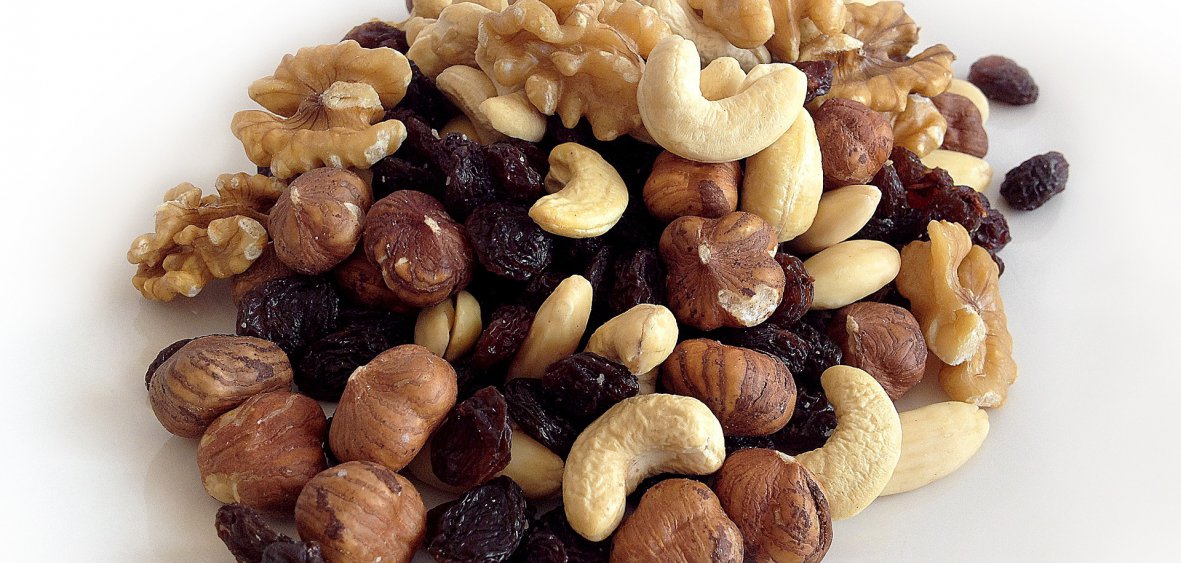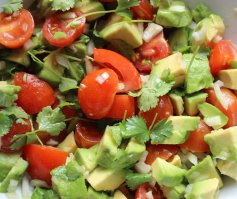 We learn about the role of magnesium in our bodies very quickly, as soon as we stop supplying it in sufficient quantity. Not only our physical condition deteriorates, but also our mental condition. Some of the emerging dysfunctions can be managed in a short period of time, others have long-term effects. There is only one way to protect yourself against such consequences - by taking care of the correct level of magnesium. Which components of the food contain the most of it?
We learn about the role of magnesium in our bodies very quickly, as soon as we stop supplying it in sufficient quantity. Not only our physical condition deteriorates, but also our mental condition. Some of the emerging dysfunctions can be managed in a short period of time, others have long-term effects. There is only one way to protect yourself against such consequences - by taking care of the correct level of magnesium. Which components of the food contain the most of it?
Contrary to appearances, the first place on the list of foods richest in magnesium does not belong to chocolate at all, although it is in the top ten. Before we go to the menu abundant in this element, we will briefly describe what changes in the body may be indicative of magnesium deficiency.
Symptoms of magnesium deficiency
Symptoms of magnesium deficiency are quite troublesome, thus easily noticeable. These include eyelid or lip vibrations, palpitations, increased blood pressure, frequent and severe muscle spasms, numbness or tingling in the limbs. We start to feel restless and upset. Anxiety, neuroses, sleep problems, lack of concentration and even depression appear.
15 most valuable sources of magnesium
An organism deprived of the optimal dose of magnesium for it, starts to "ask" itself for a fixed allocation. That's why in such moments we often get a sudden craving for chocolate. But it is not the first thing we should reach for.
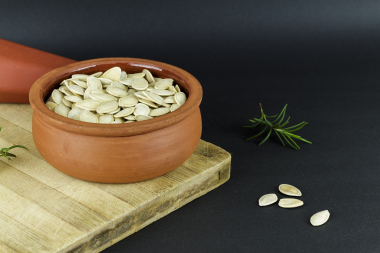 The first place on the list of the most magnesium-rich ingredients is occupied by pumpkin seeds. 100 g of these seeds contain as much as 540 mg of magnesium. Eating more of them can be difficult because they are relatively light, but we can consume them very often. They are a great addition to bread, muesli, various kinds of salads. Many of us like to have them at hand instead of chips. They certainly deserve the highest attention, not least because of their other values. On this list - absolutely number 1!
The first place on the list of the most magnesium-rich ingredients is occupied by pumpkin seeds. 100 g of these seeds contain as much as 540 mg of magnesium. Eating more of them can be difficult because they are relatively light, but we can consume them very often. They are a great addition to bread, muesli, various kinds of salads. Many of us like to have them at hand instead of chips. They certainly deserve the highest attention, not least because of their other values. On this list - absolutely number 1!
2. wheat bran is another product. 100 g contains 490 mg of magnesium. Just like pumpkin seeds, they can be added to bread, yoghurts or muesli. Wheat bran also have the advantage of having a perfect effect on intestinal peristalsis. It is worth remembering that.
3. cocoa - contains 420 mg in 100 g of this product. It is important that the cocoa should be bitter, natural. Soluble cocoa, sweetened is much poorer in this element.
Wheat germs provide 314 mg of magnesium per 100 g of product. Wheat germs can be added to salads and salads or put on sandwiches. They are an extremely healthy component of our diet.
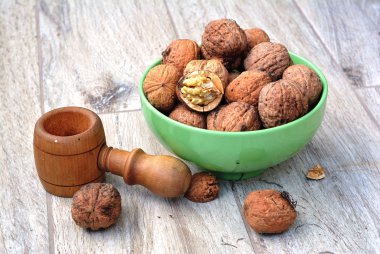 5. walnuts and hazelnuts are often mentioned as a source of magnesium, but almonds are richer in this element. They contain 269 mg of magnesium per 100 g. They are a great addition to both sweet and dry dishes. It is worth to reach for them, remembering to choose rather sweet almonds.
5. walnuts and hazelnuts are often mentioned as a source of magnesium, but almonds are richer in this element. They contain 269 mg of magnesium per 100 g. They are a great addition to both sweet and dry dishes. It is worth to reach for them, remembering to choose rather sweet almonds.
6. 218 g of magnesium per 100 g of product gives buckwheat groats 6th place on the list. Due to its numerous health properties, we should choose it as an addition to dishes as often as possible.
7. soybeans - especially dry soybeans are a valuable source of magnesium. It contains 216 mg per 100 g.
8. followed by white beans, especially dry seeds, which provide 169 mg of magnesium per 100 g of product.
9. chocolate, especially bitter, contains 165 mg of magnesium in 1 plate. Much less of this element is contained in milk chocolate (97 mg per 100 g of chocolate). Chocolate with hazelnuts is the least abundant in magnesium.
The first ten are closed with pistachios. 100 g of these delicious nuts contain 159 mg of magnesium.
Similar amounts of magnesium are contained in hazelnuts (140 mg per 100 g).
12. magnesium is also present in large quantities in oat flakes (129 mg per 100 g). By adding 1 tablespoon of flakes to the muesli, you enrich your body with about 13 mg of valuable mineral.
13. although among leguminous plants, white beans excel in the amount of magnesium per 100 g, peas stand out very little from it. It contains 124 mg of the element we are looking for.
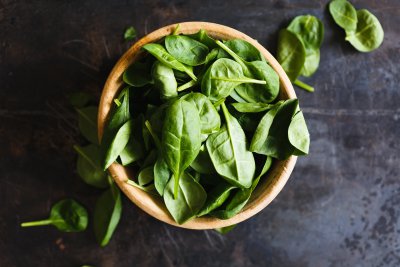 14. it is worth eating spinach, although not everyone likes it. In addition to iron and other valuable substances, spinach is also quite rich in magnesium (53 mg per 100 g).
14. it is worth eating spinach, although not everyone likes it. In addition to iron and other valuable substances, spinach is also quite rich in magnesium (53 mg per 100 g).
15th Bananas close our ranking of the richest sources of magnesium. In 100 g of the fruit there is 33 mg of mineral, in 1 banana - about 66 mg.
Some of the ingredients contain much less magnesium than pumpkin seeds. It is good to combine several of the above mentioned dietary elements in salads, soups, desserts, etc.

